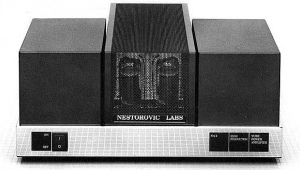| Columns Retired Columns & Blogs |
"a certain manic quality that is creeping into this pursuit of sonic perfection."
Wonder what ole JGH would think now?
Sure glad the manic quality creeping into sonic perfection is now over and sanity and level headed decisions rule the day.
Wish I was part of the solution instead of part of the problem. I would still love to listen to this beast.






































